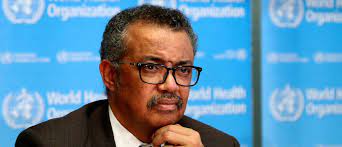WHO Foresee Global Health Workforce Shortfall of 10 Million by 2030, Mostly in Low-income Countries

The World Health Organisation (WHO) has estimated a projected shortfall of 10 million health workers by 2030, mostly in low- and lower-middle-income countries.
The estimate indicates that countries globally across various levels of socioeconomic development encounter challenges in the education, employment, deployment, retention, and performance of their health workforce leading to this low supply of health workers.
However, to achieve widespread health service coverage while ensuring the right to enjoy the highest attainable standard of health depends on the availability, accessibility, acceptability, and quality of health workers.
In other words, efficient health systems cannot be over-emphasized as they rely on a robust health workforce.
Furthermore, the High-Level Commission on Health Employment and Economic Growth identified that the health and social workforce can drive inclusive economic growth.
The health workforce therefore plays a crucial role in enhancing community and health system resilience to respond to disasters arising from natural or artificial hazards, as well as associated environmental, technological, and biological hazards and risks.
Causes of health workforce shortages
According to WHO, chronic under-investment in the education and training of health workers, coupled with misalignments between education and employment strategies concerning health systems and population needs, contributes to persistent shortages.
Difficulties in deploying health workers to rural, remote, and underserved areas further compound these issues.
Additionally, the escalating international migration of health workers may worsen workforce shortages, particularly in low- and lower-middle-income countries.
Weak human resources for health information systems often hinder the assessment of selected health workers in the public sector.
Some countries face universal access challenges to health workers due to the public sector’s limited capacity to absorb the supply of health workers, often constrained by budgetary limitations.
Consequently, certain countries grapple with the paradox of health worker unemployment coexisting with substantial unmet health needs.
Notably, 67% of the health and social workforce comprises women, presenting an opportunity to create decent employment opportunities, particularly for women and youth.









